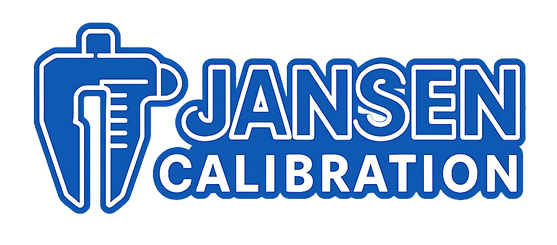No products in the cart.

Precision measurement instruments and calibration tools are the backbone of industries ranging from aerospace and manufacturing to pharmaceuticals and research laboratories. These tools demand meticulous care to deliver reliable, repeatable, and accurate results. One of the most effective yet often overlooked methods for maintaining these instruments is ultrasonic cleaning technology.
In this article, we will explore how ultrasonic cleaners contribute to precision maintenance, why they are vital for industries relying on high-performance instruments, and how investing in the right ultrasonic cleaning system can extend equipment lifespan and reduce costly downtime.
What Are Ultrasonic Cleaners?
Ultrasonic cleaners use high-frequency sound waves, typically in the range of 20–40 kHz, to create microscopic bubbles in a cleaning solution. This process, called cavitation, removes dirt, oils, residues, and contaminants from even the most delicate surfaces without damaging the equipment.
Unlike traditional cleaning methods such as brushing or harsh chemical scrubbing, ultrasonic cleaning is non-invasive, consistent, and capable of reaching intricate surfaces and hidden crevices—ideal for the precision tools used in calibration and testing applications.
Why Ultrasonic Cleaners Are Essential in Precision Maintenance
1. Maintaining Calibration Accuracy
Even microscopic residues can influence calibration results. For example, dimensional measurement tools like dial indicators or micrometers can suffer from reduced accuracy if dirt builds up around moving parts. Ultrasonic cleaning ensures these surfaces remain free of contaminants that compromise performance.
2. Extending Equipment Lifespan
Residues such as oils, coolants, or oxidation can corrode sensitive instruments over time. By integrating ultrasonic cleaners into your maintenance routine, you protect your investment and extend the life of high-value assets such as torque tools and electrical test equipment.
3. Non-Destructive Cleaning for Delicate Components
Precision devices often include fragile parts—such as glass, fine threads, or electronic assemblies—that cannot withstand abrasive cleaning methods. Ultrasonic cleaners provide a gentle yet thorough process, preserving the integrity of delicate equipment.
4. Efficiency in Large-Scale Operations
In laboratories, production lines, or calibration facilities, time is a critical resource. Ultrasonic cleaners allow for batch cleaning of multiple instruments at once, significantly improving workflow efficiency.
Applications of Ultrasonic Cleaners Across Industries
Calibration Laboratories: Maintaining accuracy in multifunction calibrators and reference standards.
Manufacturing & Engineering: Cleaning precision tools, gauges, and fixtures used in machining and assembly.
Pharmaceuticals & Life Sciences: Ensuring contamination-free equipment for sensitive measurements in regulated environments.
Aerospace & Automotive: Preserving torque wrenches, sensors, and other critical testing devices.
Choosing the Right Ultrasonic Cleaner
When selecting an ultrasonic cleaner, consider factors such as:
Tank Size and Capacity – Match the dimensions to the types of instruments you maintain.
Frequency Range – Lower frequencies (20–28 kHz) for robust cleaning, higher frequencies (35–40 kHz) for delicate instruments.
Heating Options – Integrated heaters improve cleaning efficiency, especially for oils and greases.
Durability – Industrial-grade models provide better reliability for continuous use.
At Jansen Calibration, we offer a comprehensive selection of precision maintenance solutions to support laboratories, workshops, and industrial facilities worldwide.
Final Thoughts
The role of ultrasonic cleaners in precision maintenance cannot be overstated. By delivering thorough, non-destructive cleaning, they safeguard accuracy, reliability, and performance across a wide range of calibration instruments and test equipment.
If your facility depends on precision tools, incorporating ultrasonic cleaning into your maintenance protocol is a cost-effective way to reduce downtime, extend equipment lifespan, and ensure compliance with international quality standards.
For more insights into precision care, explore our detailed guide on Best Practices for Long-Term Precision in Dimensional Measurement or browse our full range of calibration instruments designed to meet the highest global standards.
